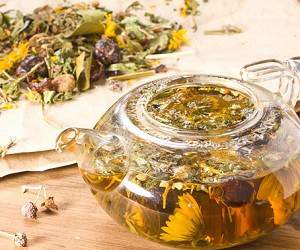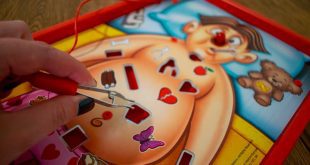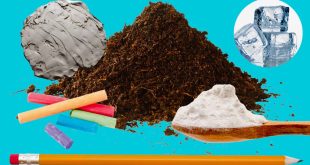 This should be known to every mother.
This should be known to every mother.
Love to relax in nature with your kids? Equip yourself with the knowledge of what hazardous plants can harm the health of your child and even threaten his life.
In nature and even in the courts there are not only harmless, but deadly plants. So be sure to explain to your child that it is impossible to take in hand, and even more to pull in the mouth of those flowers and plants with which he is not familiar.
Cow Parsnip Sosnowski

Description: this is a large herbaceous plant with white flowers in the form of umbrellas has height more than 1 m, but there are types and up to 3 m tall. Cow parsnip can be found in ponds, along roads, in fields, forest clearings and forest edges, mountain slopes and river valleys.
The danger: the plant can cause severe burns that heal slowly. The leaves and fruit are rich in a particular essential oils, which on Sunny days and increase sensitivity to UV, which can cause first degree burns. A high level of toxicity possess adult plants during flowering and seed maturation.
What to do: if the juice of this plant gets on the skin, it is necessary to wash the place with soap and water and not to be in the sun for at least 2-3 days. Hogweed is especially dangerous to the eye, because in contact with mucous membranes may cause even blindness.
Daphne

Description: a common evergreen in the form of small shrubs. The flowers are greenish-yellow, white or pink shades. Small fruit plants red. Daphne mezereum grows mostly at the base of mountains, fields and forests.
The danger: the berries of the plant can cause severe poisoning or death.
What to do: if the child accidentally ate the berries, you should immediately consult a doctor.
Datura ordinary

Description: this plant has white tubular flowers and large leaves. Datura grows along roads, in the courtyards of the houses. Raw contaminated sites is an excellent breeding ground for dope ordinary.
The danger: in General, the whole plant has a high level of danger, but the seeds are especially poisonous. The toxicity of jimson weed manifests itself in the Central nervous system. Symptoms: dilated pupils, heart palpitations, headache, excessive thirst, later coma and hallucinations.
What to do: if a child swallowed a poisonous plant, first of all should immediately give him absorbent products (e.g., activated carbon) and to go to the doctor. The doctor needs to make gastric lavage.
Belladonna

Description: this is a herbaceous plant has a high stem, which can be a lot of branches with large leaves. Find the belladonna you can fruits: cherry, they resemble the purple-black color. The plant grows in beech, fir, hornbeam and oak forests, along rivers, forest edges.
The danger: in the plant include atropine, which causes different degrees of poisoning. In mild poisoning, there is a burning sensation in the mouth and pharynx, swallowing becomes difficult, quickens the heartbeat. May experience photophobia, delirium and hallucinations. Severe degree of poisoning is fraught with complete loss of orientation, convulsions, sudden pressure drop and paralysis until death.
What to do: immediately consult a physician. On the way to the doctor you can buy at the pharmacy drugs that are the best antidote to such poisonous plants. In case of emergency, need to do artificial respiration. The doctor should prescribe gastric lavage.
Black henbane

Description: weed height up to 1 metre on straight stems with soft leaves on long stalks. Children especially are attracted to the flowers: dull yellow color with black-purple center (hence the name of the plant). Black henbane grows along roads, near houses, in abandoned places, in the fields.
The danger: all parts of plant are poisonous even in small doses. Toxicity manifests in the Central nervous system. Symptoms of poisoning: headache, thirst, convulsions, dilated pupils, heart palpitations. Subsequently may develop a coma.
What you can do immediately to give the child the adsorbents and to consult a doctor who will prescribe gastric lavage.








